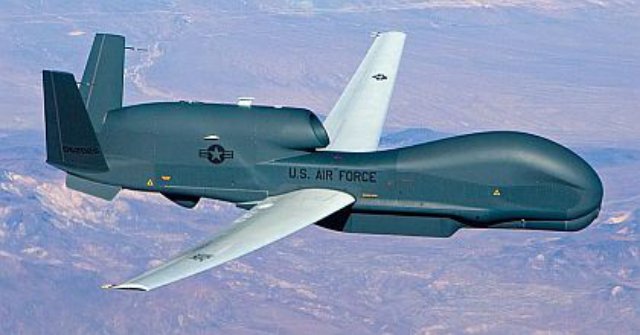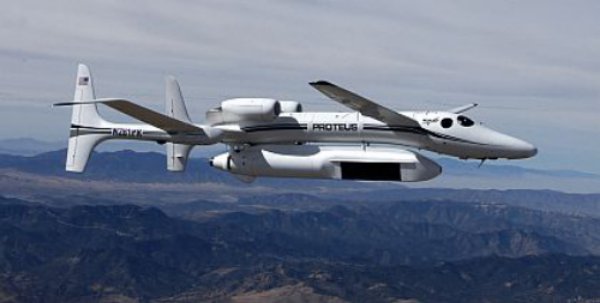Military radar experts at the Northrop Grumman Corp. Aerospace Systems segment and partner Raytheon Co. Space and Airborne Systems segment, both in El Segundo, California, will develop and install an advanced air-to-air and air-to-ground radar system for the Northrop Grumman RQ-4B Global Hawk Block 40 high-endurance unmanned aircraft under terms of a $24.5 million contract announced last week.
Officials of the U.S. Air Force Electronic Systems Center at Hanscom Air Force Base, Mass., are asking Northrop Grumman and Raytheon to develop and demonstrate Multi Platform Radar Technology Insertion Programme (MP-RTIP) technology for the Global Hawk Block 40.
The Air Force’s MP-RTIP programme is developing a modular, active electronically scanned array (AESA) radar system scalable for different aircraft — specifically for the Global Hawk and the Air Force Joint Surveillance Target Attack Radar System (Joint STARS). Raytheon Space and Airborne Systems is a primary subcontractor on the programme MP-RTIP, and is in charge of the radar system’s hardware development.
The MP-RTIP system is being created from previously developed Northrop-Grumman radar technology, including the Air Force’s E-8 Joint STARS aircraft — a Boeing 707 jetliner converted to a ground- surveillance role — and the existing Global Hawk radar system.
For this contract, Northrop Grumman and Raytheon radar experts will demonstrate MP-RTIP aboard the latest model of the Global Hawk to augment manned E-8 Joint STARS aircraft and other airborne surveillance systems.
NATO leaders plan to use the MP-RTIP-equipped Global Hawk Block 40 in the Alliance Ground Surveillance (AGS) program, and the Australian Defence Force is considering buying a squadron of Global Hawks to replace several Lockheed Martin P-3C Orion maritime patrol aircraft.
The Block 40 Global Hawk is larger than the original Global Hawk models, with a longer fuselage, larger payload capacity, larger electrical output, and longer wingspan.
The MP-RTIP radar that Northrop Grumman and Raytheon are developing will be able to track slow-moving ground vehicles and low-flying cruise missiles. Compared with existing ground-surveillance radar systems, the MP-RTIP will have enhanced resolution and will be able to collect ground moving target indicator imagery and synthetic aperture radar still images simultaneously.
Northrop Grumman and Raytheon started developing the MP-RTIP radar system in late 2000, and company experts have finished the system’s basic design, development, testing and systems integration. During development and testing, Northrop Grumman experts mounted an MP-RTIP pod to the company’s Proteus aircraft.
The Block 40 configuration of the RQ-4 Global Hawk first flew in late 2009 from the company’s manufacturing facility in Palmdale, Calif., to Edwards Air Force Base, Calif. This latest contract calls for integrating and demonstrating the MP-RTIP radar aboard the Global Hawk Block 40.
Northrop Grumman and Raytheon will do the work on this contract in El Segundo, Calif., and should be finished by August 2013.
Source: Military & Aerospace Electronics


